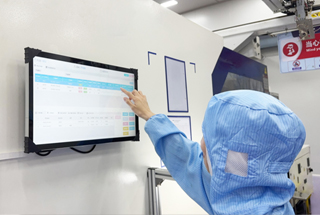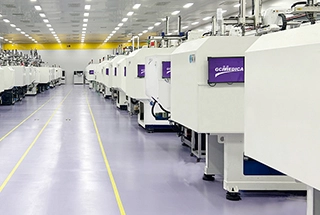Enteral feeding is a method of delivering nutrition directly into the gastrointestinal (GI) tract for individuals who cannot safely or adequately consume food by mouth. This technique uses tubes to bypass normal oral ingestion and provide essential nutrients in liquid form, enabling the body to absorb carbohydrates, proteins, fats, vitamins, minerals, and water in much the same way as during conventional eating. By utilizing the GI tract, enteral feeding helps maintain gut integrity, supports immunological function, and preserves the normal digestive process.
The process works by inserting a thin, flexible tube through either the nose (nasogastric or nasojejunal tubes) or directly through the abdominal wall (gastrostomy or jejunostomy tubes) to reach the stomach or small intestine. Nasogastric tubes are commonly used for short-term nutritional support—typically up to six to eight weeks—because they are less invasive and can be placed quickly at the bedside. However, for patients requiring long-term support, more permanent options such as gastrostomy tubes (inserted endoscopically through the abdomen into the stomach) or jejunostomy tubes (placed into the jejunum, the middle section of the small intestine) are preferred. These permanent tubes not only reduce the discomfort and visibility associated with nasal tubes but also lower the risk of complications like nasal irritation or accidental tube displacement.
Once the tube is accurately positioned and verified using techniques like pH testing or imaging studies, a specially formulated liquid diet is administered. Feeding can be delivered intermittently through bolus feedings—which provide a set volume at regular intervals—or continuously via a feeding pump that slowly infuses the formula over several hours. The choice of feeding method depends on the patient’s clinical condition, tolerance, and overall nutritional goals. Bolus feedings simulate regular meal times, while continuous feeding can be easier on the digestive system, particularly in critically ill or postoperative patients.
Overall, enteral feeding is a vital nutritional therapy that not only meets the caloric and nutrient requirements of patients who are unable to eat normally but also promotes the functional and structural health of the GI system. This method is widely supported by multidisciplinary healthcare teams who carefully assess, plan, and monitor the feeding regimen to optimize patient outcomes.
Related Recommendations
- Polyurethane Nasogastric Feeding Tubes
- Polyurethane Y-Port Nasogastric Feeding Tubes


 Français
Français Español
Español Products
Products

 About Us
About Us











